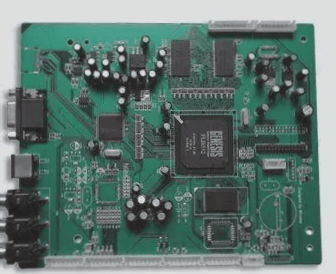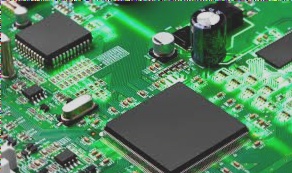Types of PCB Protection Devices
- Resistor-Capacitance Components: These components, connected on each signal line, help in PCB shielding. A series resistor can suppress instantaneous peak current, while a parallel grounded capacitor can limit instantaneous peak voltage.
- Clamping Diodes: Two diodes clamp transient voltage between positive and negative polarities within a certain range. The series resistance provides power load for positive and negative PCB protection.
- Zener Diode: Zener diodes, although not specifically designed for PCB applications, offer some positive and negative PCB protection. However, they have a small N junction, making them unable to withstand large peak currents. The parasitic capacitance they generate may also affect normal circuit operation.
- Transient Voltage Suppressor (TVS Tube): TVS tubes, solid-state diodes designed for PCB protection, have a short response time and small leakage current, making them ideal protection devices.
- Gas Discharge Tube (GDT): GDTs use glass or ceramics with airtight properties and stable gases like neon or argon for insulation. They offer high insulation resistance, low parasitic capacitance, and self-recovery capabilities. However, they have drawbacks such as slower response speed, limited lifespan, and gradual decay of electrical properties over time.
Latest Updates on PCB Protection:
Recent advancements in PCB protection technology have led to the development of enhanced transient voltage suppressors with even shorter response times and lower leakage currents. Additionally, research is ongoing to improve the durability and longevity of gas discharge tubes through innovative materials and manufacturing techniques.



